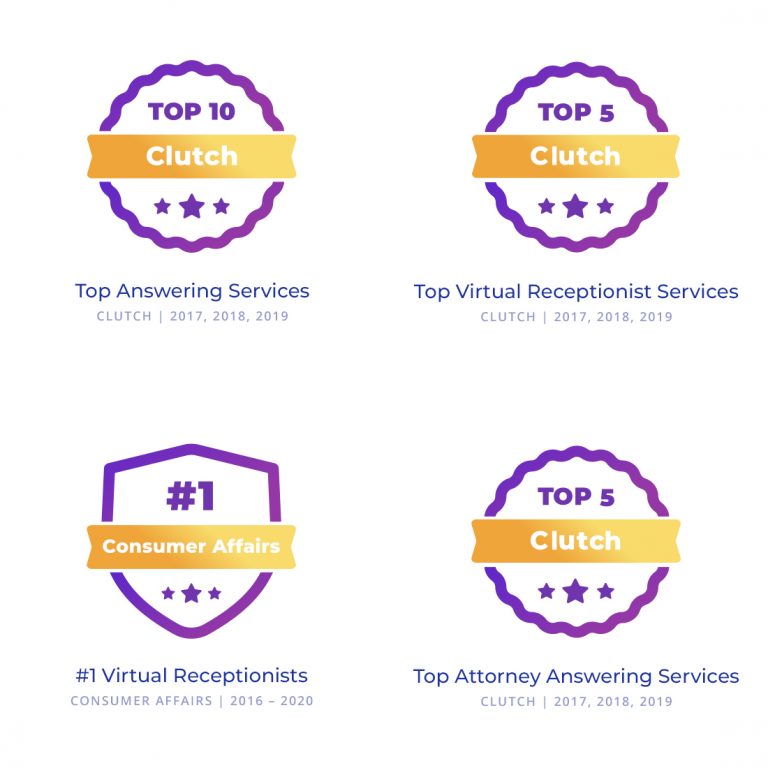Employee Development. It is possibly one of the most neglected facets by management, yet it affects your company more than you may think. Why is it that the molding of an employee’s future with a company is not taken into much consideration? I don’t want to stay in the same position forever, and neither do they! Many skip over developing their employees and lose young talented people that can truly make a difference because of it.
After asking different groups of people the reason for their early exit, I concluded that many were dissatisfied with the lack of training, mentorship and coaching that was available to them. Their responsibilities may have increased, but the amount of training provided didn’t match. There was no sense of encouragement to help them get to the next step in their career.
If it is so important, then why is it ignored?
We all do it. We can use endless excuses as to why we only focus on the here and now. We are busy. Our managers already have a heavy responsibility load, etc. Many companies run on stress and not having enough resources, so it is understandable that they only focus on what they need to get done in a day, but we should lead with long-term visions because they are the most rewarding.
What role do managers play?
Managers have a big impact on the development process and how employees feel about their job. In a small business setting, if the manager does not know anything about their employees and employee goals, a red flag should appear tall and mighty because there is a problem! Employees do not put a lot of effort into something if there is a poor relationship with the company or when there is no real benefits. If you don’t help invest in their development, they will not feel fulfilled working for you. They will think that their work does not matter. You and I both know; it does. Managers should seek to encourage others, so those people can translate their satisfaction in what they do.
How To Encourage Growth:
Create a development worksheet
There are many templates online that you can use to help address development goals. Start by asking your team members to identify different areas they can contribute in, so you can incorporate their skills into matching tasks. Also ask them to identify areas they want to develop, so you can both identify where there is room for growth. Include activities or tasks that can help in jump starting the growth process. You can also include dates they aspire to learn new tasks by and when the actual completion date was as a way to track growth.
Open the door for conversations
Annual conversations with your employees. Yikes. This is the one element that I could safely assume can use more of your time. People want to learn new things. Staying in the same place with no room for improvement in an entire year gets boring; this is why you’re losing a good amount of your talented employees. They are tired of investing in the company that won’t invest in them. More frequent conversations should be happening to determine your employees’ career goals and interests. When you have a better understanding of their goals, strengths, weaknesses and workload, you can really help narrow the scope of development opportunities they should focus on.
Taking time to analyze the growth of talented people, will build loyal employees who care for their company and the work they do. They will see that their work adds value to the company. After all, they spend on average eight hours building your dream; take into consideration their aspirations within your company.
